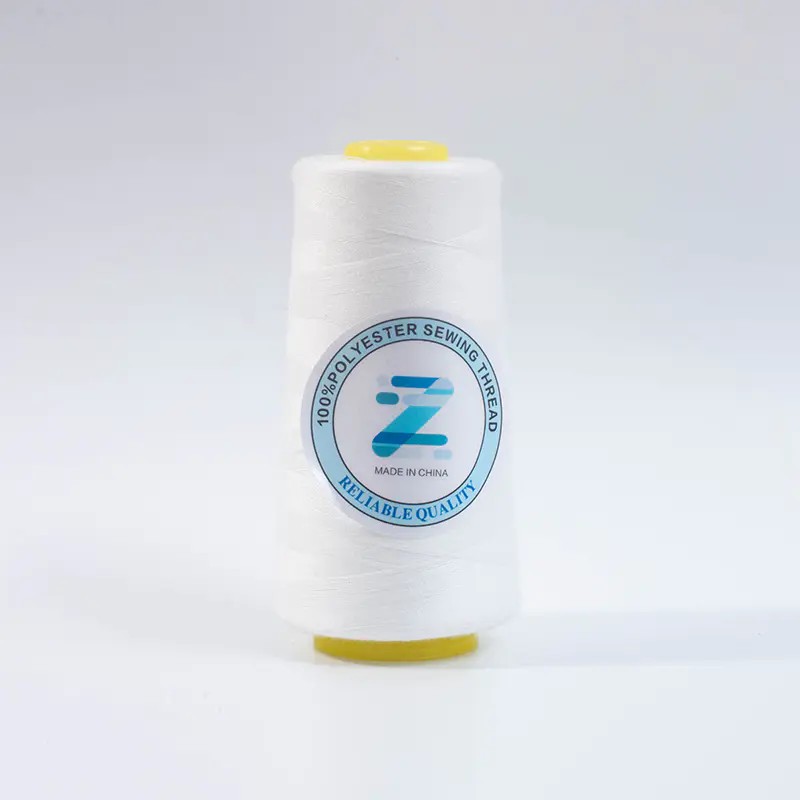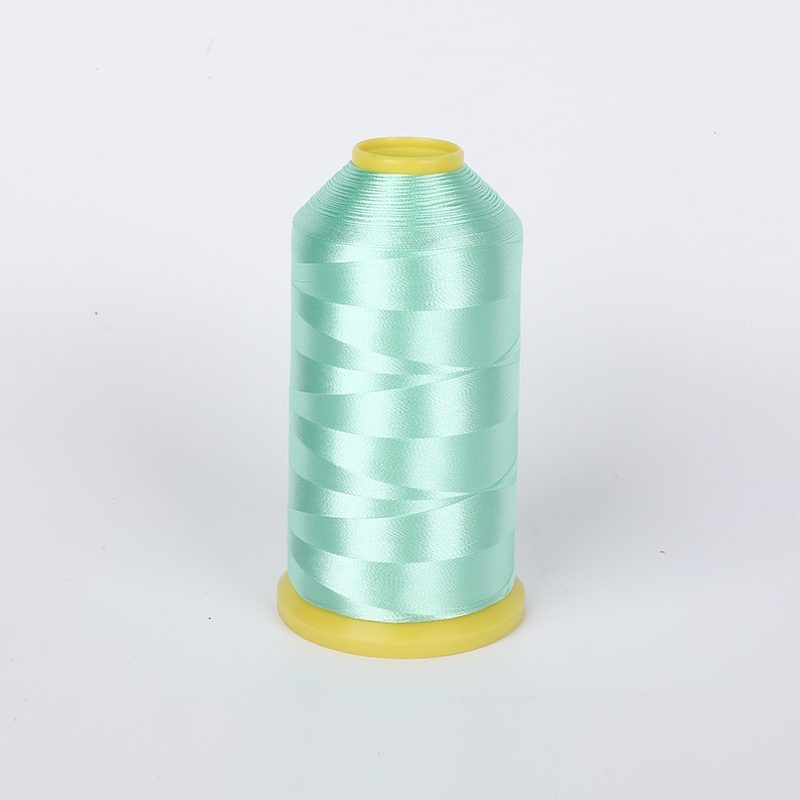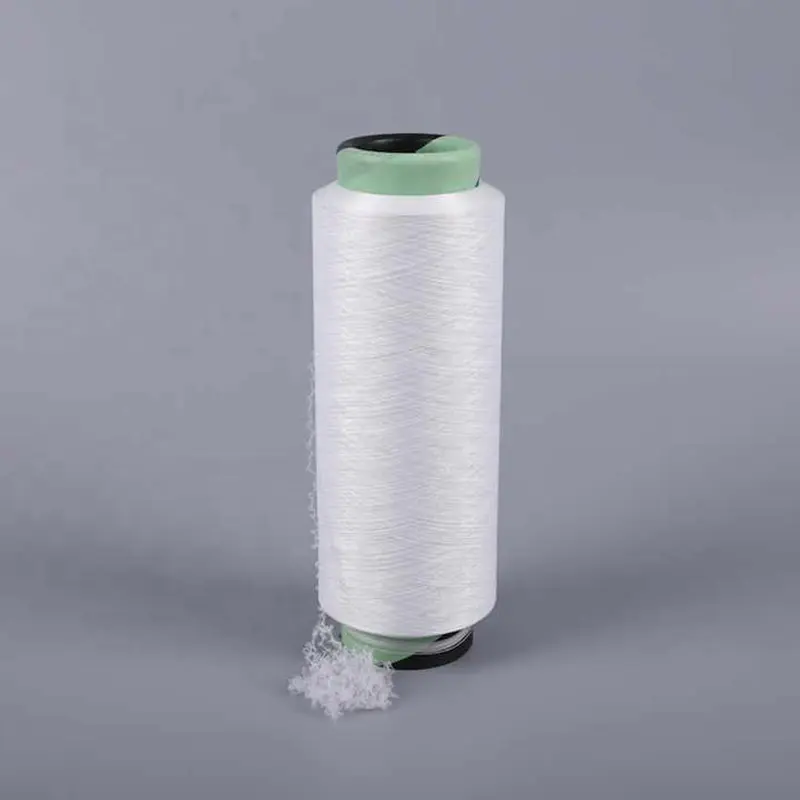Content
In recent years, with growing environmental awareness and advancements in technological innovation, the textile industry has ushered in a new round of transformation. As a new material, non-woven fabrics, with their efficient production processes, excellent functionality, and environmental advantages, have gradually gained a significant position in various industries. They demonstrate significant potential in reducing production costs and improving efficiency. In particular, with their diverse applications, non-woven fabrics, with their unique advantages, are gradually transforming traditional manufacturing methods and driving innovation in the textile industry.
Definition and Basic Characteristics of Non-woven Fabrics
Non-woven fabrics are materials that are made by directly combining fibers into fabric through mechanical, chemical, or thermal methods, without the complex processes of spinning and weaving. This production method offers significant advantages in production efficiency and functionality, making them particularly suitable for industries with high demands on production efficiency, cost control, and environmental protection.
High Production Efficiency: The production process for non-woven fabrics is significantly simpler than that of traditional textiles, eliminating the need for complex spinning, weaving, and dyeing steps. This significantly increases production speed and makes them particularly suitable for large-scale production.
Material Diversity: Non-woven fabrics can be made from a variety of raw materials, including natural fibers, synthetic fibers, and plastic fibers, meeting the needs of diverse industries.
Environmental Protection: The production process for non-woven fabrics can utilize biodegradable materials, using minimal water and chemicals, and meeting modern environmental standards.
Strength and Durability: Non-woven fabrics exhibit high stretch and tear resistance, making them suitable for applications requiring high strength and abrasion resistance.
These fundamental properties enable non-woven fabrics to offer higher production efficiency, enhanced functionality, and lower environmental impact compared to traditional textile materials.
| Craft: | Non-woven fabric |
| Supply Type: | Build-to-order |
| Material: | 100% PVA, PVA fiber |
| Non-woven technology: | Laminated |
| Pattern: | Non-woven fabric |
| Style: | Cross |
| Width: | Within 100cm, 160cm, 200cm |
| Features: | Sustainable, Antibacterial, Tear Resistant, Water Soluble |
| Use: | Home textiles, clothing, shoes, interlining |
| Weight: | 30g-80gsm |
| Origin: | China |
| Brand name: | Qiu Fei |
| Model: | Non-woven fabric |
| Color: | White, custom color |
| Size: | Within 2M, customized size |
| Thickness: | 30-80 g/m² |
Diverse Applications of Non-woven Fabrics
The diverse applications of non-woven fabrics are one of the key factors behind their rise. Due to their unique production methods and excellent performance, non-woven fabrics are widely used in a variety of fields, including medical, automotive, home furnishings, environmental protection, and packaging, revolutionizing traditional manufacturing methods.
Medical Industry
Non-woven fabrics are widely used in the medical industry, playing a crucial role in protection, isolation, and bandaging. Due to their lightweight, breathable, and environmentally friendly properties, non-woven fabrics have become the preferred material for medical protective equipment.
Masks and Protective Clothing: Meltblown non-woven fabric, due to its excellent filtration properties, has become the core material for masks. During the pandemic, demand for masks surged, and meltblown non-woven fabric production technology saw unprecedented adoption. Non-woven protective clothing, due to its excellent breathability, comfort, and lack of harmful substances, has become a widely adopted protective device in medical institutions.
Medical Dressings and Gauze: Non-woven fabrics, with their excellent moisture absorption, breathability, and softness, are widely used in products such as wound dressings, sterile gauze, and wound dressings, keeping wounds dry and promoting healing.
Disposables: Non-woven fabrics are also widely used in medical consumables such as disposable gloves, bed sheets, and diaper pads, particularly in hospitals and clinics, meeting the needs for hygiene, convenience, and environmental protection.
Automotive Industry
Non-woven fabrics are increasingly used in the automotive industry, particularly in automotive interiors, filtration, and sound insulation, becoming a key alternative to traditional materials. Due to their lightweight, durable, and heat-resistant properties, non-woven fabrics are suitable for a variety of automotive parts.
Automotive Interiors: Non-woven fabrics are used in the manufacture of automotive seats, roofs, carpets, door panels, and other components. Their durability, stain resistance, and ease of cleaning make them a key choice for automotive interior materials.
Sound Insulation and Filtration: Non-woven fabrics can be used in automotive sound insulation and air filtration systems, enhancing driving comfort and in-cabin air quality.
Automotive Non-woven Fabric Components: With increasing demands for lightweight and environmentally friendly vehicles, non-woven fabrics are increasingly being used in automotive components to replace traditional materials, reducing vehicle weight and energy consumption.
Household Goods
Non-woven fabrics are also seeing widespread application in the home, particularly in terms of environmental friendliness and comfort, making them the preferred material for many household items.
Mattresses and Bedding: Due to its breathability and softness, non-woven fabric is widely used in mattress fabrics, quilts, sheets, and other household items, enhancing comfort and durability.
Cleaning Products: Non-woven fabric is widely used in household cleaning products such as mops, cleaning towels, and wipes. Its excellent absorbency and durability make these products highly used in both home and commercial settings.
Home Decor: Non-woven fabric is also used in home decor materials such as curtains and carpets. Its lightweight, breathable, and durable properties make it an ideal home decor material and highly sought after by consumers.
Environmental Protection Industry
As an environmentally friendly alternative to plastic bags and other non-environmentally friendly materials, non-woven fabric's biodegradable and recyclable properties are steadily increasing its status in the environmental protection field.
Reusable Bags and Shopping Bags: Non-woven fabric bags are durable and reusable, making them an ideal material for reusable shopping bags. With the implementation of plastic restrictions, non-woven fabric shopping bags have become the preferred choice of more and more consumers. Packaging Materials: Non-woven fabrics are also widely used in the packaging industry, particularly in food and cosmetics, replacing plastic packaging and reducing its environmental impact.
Packaging Industry
The application of non-woven fabrics in the packaging industry is also increasing, particularly in food packaging, product protection, and environmentally friendly packaging, where they demonstrate strong potential.
Food Packaging: Due to its environmental and safety properties, non-woven fabrics are often used in food packaging, especially when food needs to remain fresh, effectively shielding it from external contaminants.
Product Protection: The softness and strength of non-woven fabrics make them an ideal protective material, widely used in protective packaging for electronics, home appliances, and other products.
Non-woven Fabrics Promote Innovation in the Textile Industry
The diverse applications of non-woven fabrics have not only improved production efficiency but also driven technological innovation within the textile industry. Through continuous optimization of production processes and improvements in material properties, the breadth and depth of non-woven fabric applications across various industries are expanding.
Smart non-woven fabrics: With technological advancements, the functionality of non-woven fabrics has been further enhanced, including antibacterial, waterproof, and antistatic properties. These fabrics not only meet basic industrial and daily needs but also offer targeted, innovative solutions.
Green Manufacturing: Non-woven fabric production utilizes less water and chemicals, and the raw materials used are mostly recyclable or biodegradable, making them sustainable. The rise of green non-woven fabrics is helping to drive the textile industry towards a more environmentally friendly and low-carbon future.



 عربى
عربى










